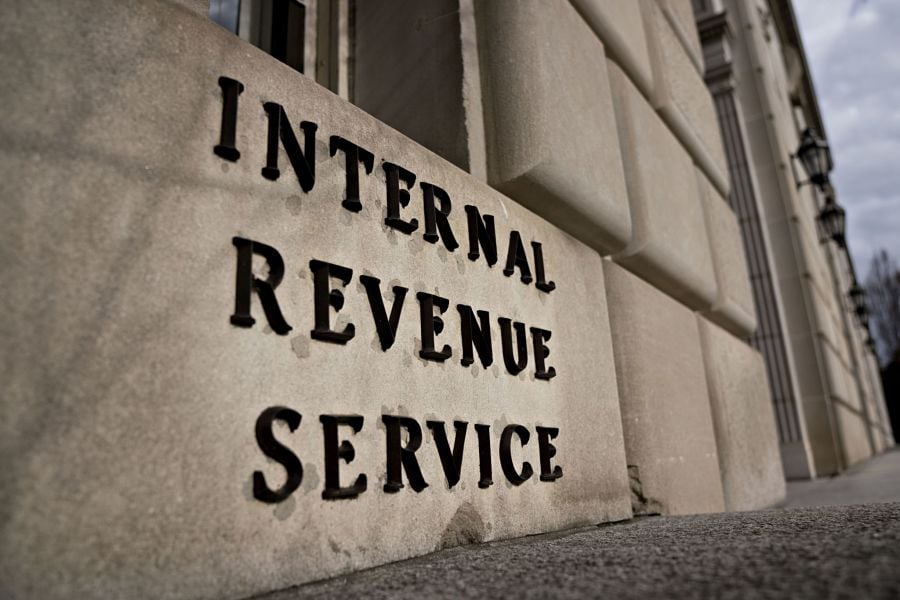

As extreme wildfires continue to engulf parts of California, the Internal Revenue Service has unveiled a slate of measures and concessions to help affected taxpayers.
The federal revenue collection agency made the announcement Friday, following a disaster declaration from the Federal Emergency Management Agency, which at the time applied only to Los Angeles County.
"The same relief will be available to any other counties added later to the disaster area," the IRS said in its statement.
The IRS taxpayers impacted by the fires – for which the economic and financial toll has gone up from a previous $57 billion estimate to as high as $150 billion, potentially making it the costliest disaster in California's history – now have until October 15 to make key federal tax filings and contributions to certain tax-advantaged accounts. Those include but are not limited to:
While taxpayers whose address on record can expect automatic filing and penalty relief, the IRS explained that those who moved after filing their return or residents outside the impacted areas who otherwise qualify for relief may need to contact the agency.
"This also includes workers assisting the relief activities who are affiliated with a recognized government or philanthropic organization," it said.
Those affected by the calamity in Los Angeles have the option to claim disaster-related casualty losses on either their 2024 or 2025 federal income tax returns, including uninsured or unreimbursed losses. Additionally, qualified disaster relief payments received from government agencies for personal, family, or property-related expenses are excluded from gross income.
For individuals with retirement accounts, the IRS highlighted other potential steps to ease their financial burdens. Affected taxpayers may be eligible to take disaster-related distributions from their retirement plans or IRAs without incurring the usual 10 percent early withdrawal penalty. These distributions can also be spread out over three years for tax purposes, reducing the immediate financial impact.
Additionally, participants in retirement plans may qualify for hardship withdrawals if they face significant disaster-related expenses, including costs for home repairs, medical bills, or other urgent needs.
Echoing a previous advisory extended to victims of Hurricanes Helene and Milton last year, the IRS emphasized affected taxpayers must take the specific rules governing their retirement plans and accounts into consideration.
"Each plan or IRA has specific rules and guidance for their participants to follow," the IRS said, adding it "may provide additional disaster relief in the future."

It's a showdown for the ages as wealth managers assess its impact on client portfolios.

CEO Ritik Malhotra is leveraging Savvy Wealth's Fidelity partnership in offers to Commonwealth advisors, alongside “Acquisition Relief Boxes” filled with cookies, brownies, and aspirin.

Fraud losses among Americans 60 and older surged 43 percent in 2024, led by investment schemes involving crypto and social manipulation.

The alternatives giant's new unit, led by a 17-year veteran, will tap into four areas worth an estimated $60 trillion.

"It's like a soap opera," says one senior industry executive.
RIAs face rising regulatory pressure in 2025. Forward-looking firms are responding with embedded technology, not more paperwork.
As inheritances are set to reshape client portfolios and next-gen heirs demand digital-first experiences, firms are retooling their wealth tech stacks and succession models in real time.
